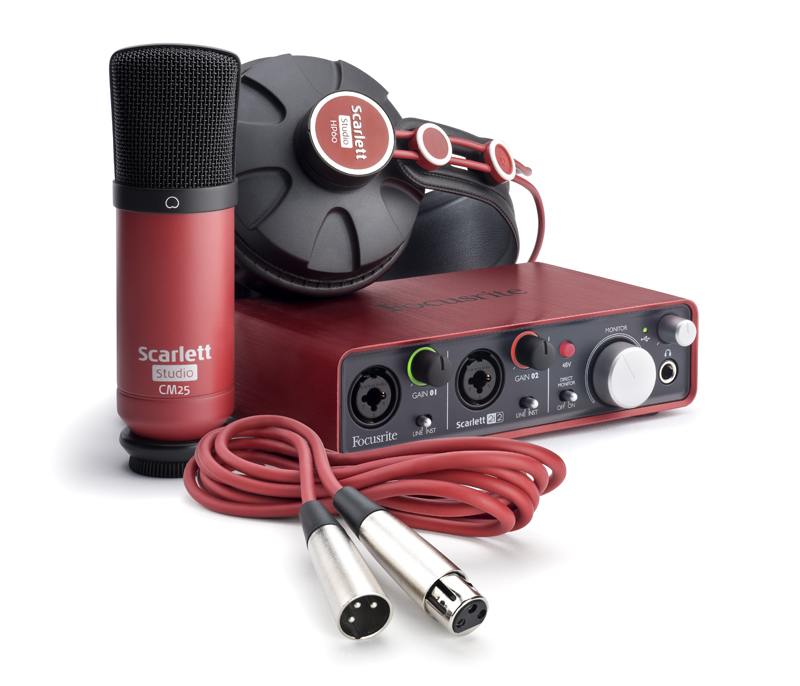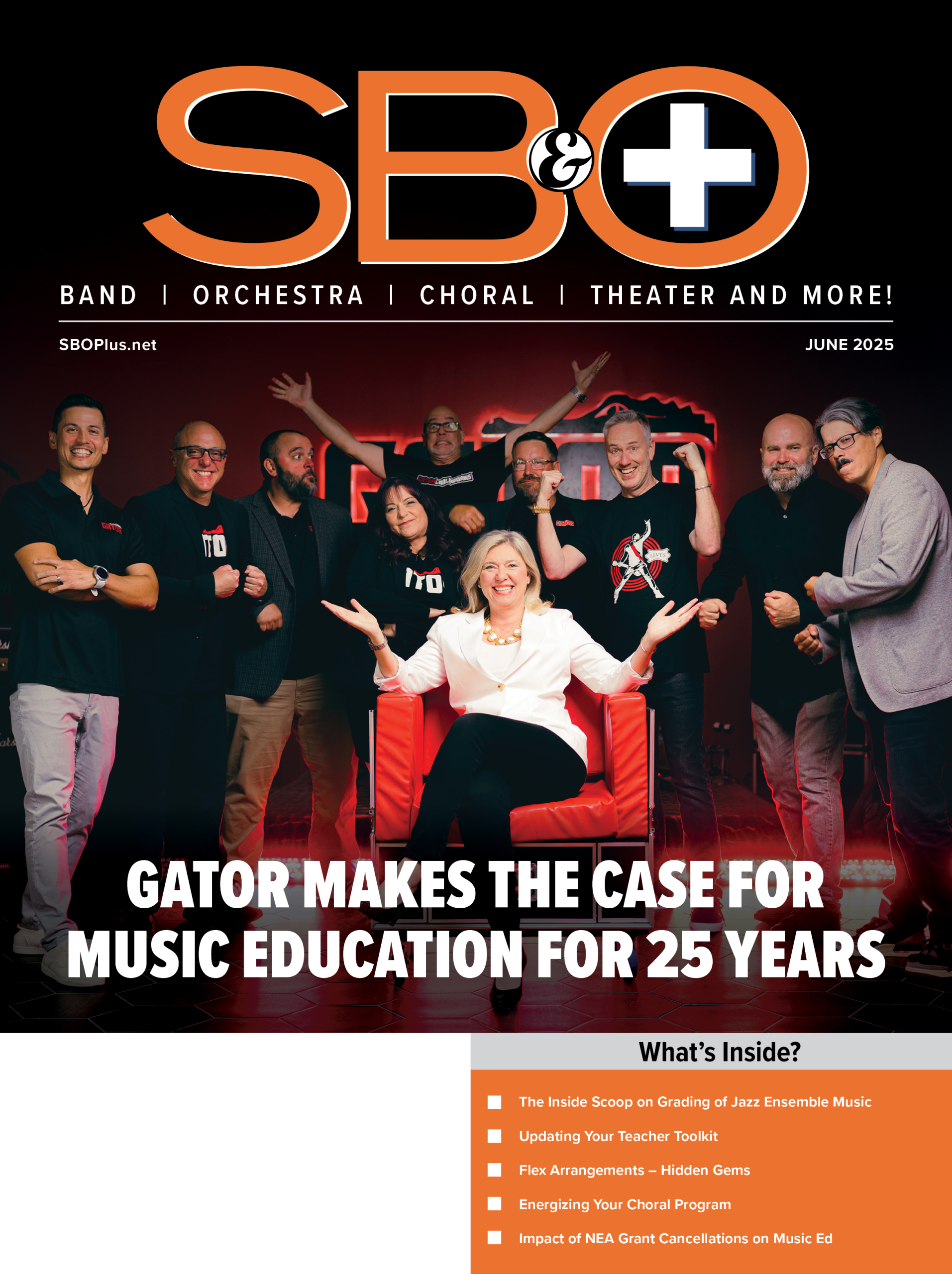 The bassoon is an instrument that will present a compelling and rewarding challenge to any curious student. With a warm characteristic tone and wide expansive range, the bassoon provides a large toolbox for a student’s musical expression. While the intricate key work and double reeds may appear daunting, all the bassoon’s challenges can be diagnosed and overcome. The following information aims to help educators overcome these challenges with their students, so they may spend more time enjoying creating music and less time fighting against their instruments.
The bassoon is an instrument that will present a compelling and rewarding challenge to any curious student. With a warm characteristic tone and wide expansive range, the bassoon provides a large toolbox for a student’s musical expression. While the intricate key work and double reeds may appear daunting, all the bassoon’s challenges can be diagnosed and overcome. The following information aims to help educators overcome these challenges with their students, so they may spend more time enjoying creating music and less time fighting against their instruments.
Right out of the box, the first major challenge when learning the bassoon is figuring out how to hold it. For young players, the seat strap is the preferred method of supporting the instrument. To properly use a seat strap, the student should lay it across the seat of their chair, with the hook or cup laying off the right side. Students should start out with the strap positioned in the middle of their seat, and experiment with adjustments from there. The seat strap can be adjusted by being positioned more toward the front or back of the chair, as well as by adjusting the slack hanging off the left side. Pulling the strap so more slack is hanging off the left side will raise the bassoon and reed, while the opposite will lower them. Smaller students should position the seat strap closer to the front of their seat as this will place more of the bassoon’s weight onto the strap, freeing up the left hand. Moving the seat strap further back will place more of the bassoon’s weight on the left hand and make for a better angle of entry for the reed. For each student, a balance between the two needs must be found. Using these adjustment methods, students must find a playing position where the reed comes right to their lips at a slight upward angle, with no alterations in their posture.
The bassoon embouchure is fairly simple. When starting out, students should first practice forming their embouchure on just the reed, then with the reed and bocal, and only once they have gotten a handle on correctly positioning their instrument should they attempt to play on their full setup. To form the bassoon embouchure, have the student place the tip of the reed on their bottom lip. Then, roll the reed into the mouth about halfway up the blade, covering the lower teeth with their lower lip. Have the student close their top lip over the upper blade and bring in the corners of their mouth. A great analogy for this corners position is to replicate “drinking something through a straw” or “whistling a really low note”; the goal is to create 360-degree pressure around the reed, rather than biting the reed closed.
Articulation on the bassoon is also simple, but consistency is key. To build stronger articulation habits, the student should aim to articulate with their tongue touching the same spot of the reed every time. The preferred spot on the reed to articulate against is near the tip of the lower blade; this will allow for a wider variety of attacks and help with generating enough air-support to start resistant notes. The syllables ‘Toh’ and ‘Doh’ should be used when articulating to encourage a lower jaw and more resonant sound. Be vigilant that the student does not develop the bad habits of articulating into the aperture of the reed or articulating downwards against the upper blade.
Air support on the bassoon can be a murky topic, but there is a simple bocal test that can show students what is required of them to create a good sound. With just the reed and bocal, have the student take a good breath, set their embouchure and tongue, and produce a tone. The pitch made on the bocal should be a stable ‘C’; this is the air required to produce every note from low BH to fourth line F on the bassoon. For notes over the ‘break’, fourth line F# and above, the student should increase their air pressure until the bocal produces a tone of ‘C#’.
With regards to bassoon reeds, a pair of pliers is a student’s best friend. Because adjustments to bassoon reed wires are always reversible, they should always be what is inspected first. The first wire, closest to the blade, should be manipulated for comfort of playing: squeezing from the sides will open the aperture, making the reed less responsive, the sound more open, and the pitch more sharp and stable; squeezing from the top and bottom will do the exact opposite. The second/middle wire should be manipulated predominantly for intonation: squeezing from the top and bottom will make a reed flatter, closing the aperture, and making the reed more free-blowing; squeezing from the sides will make the reed sharper, more closed, and more stuffy.
By Staff Sergeant Randy Fultz
The United States Army Field Band




















